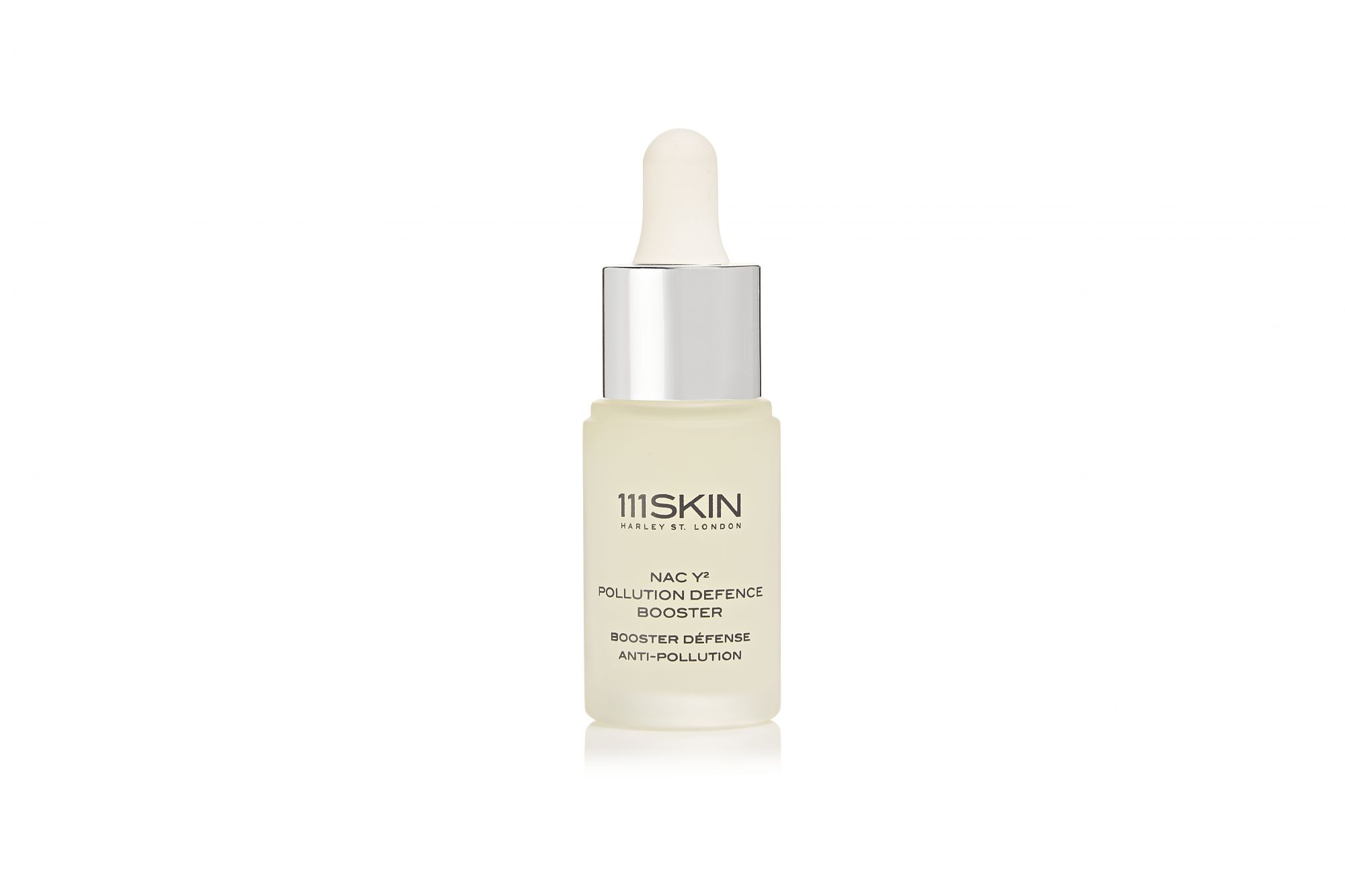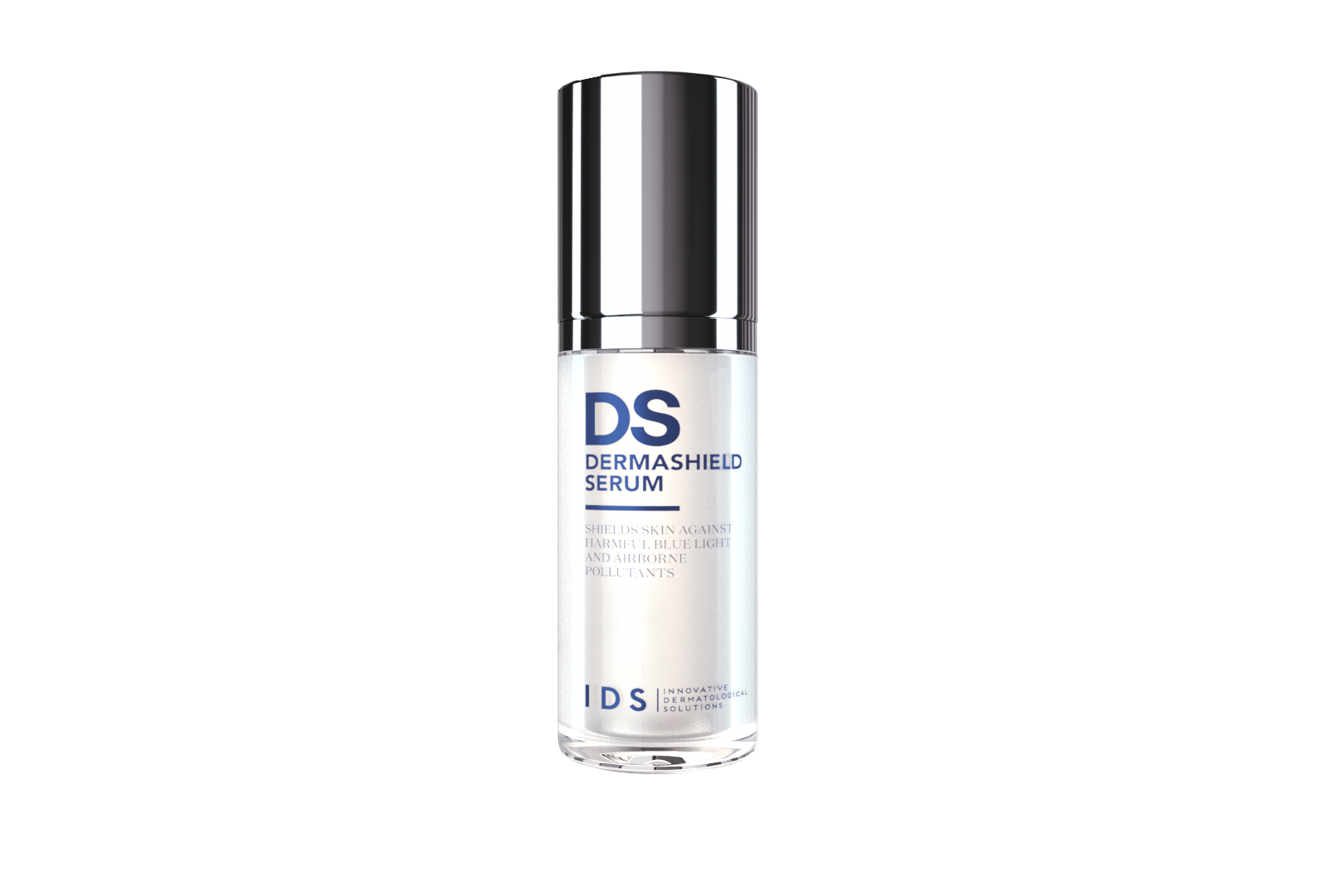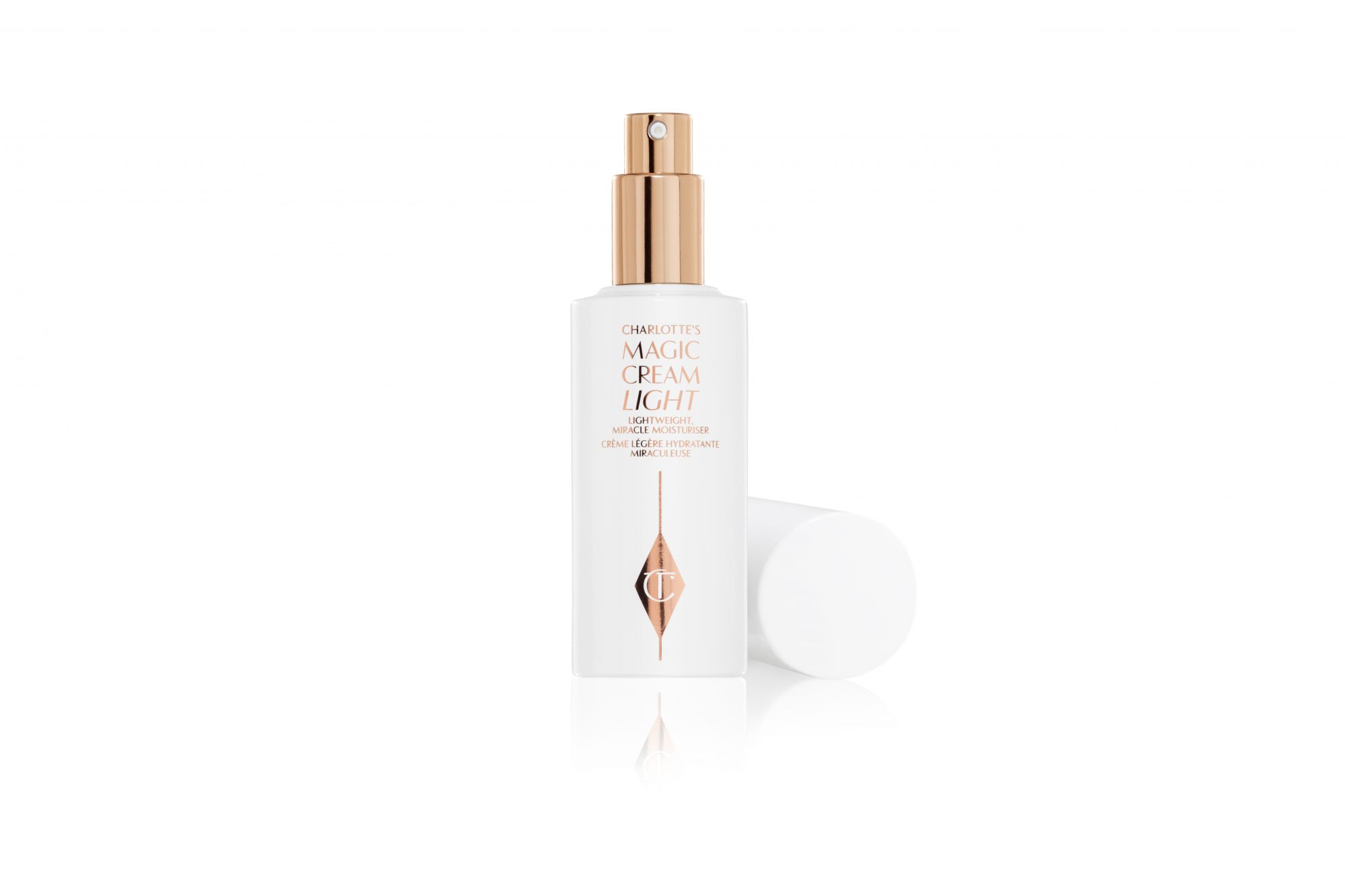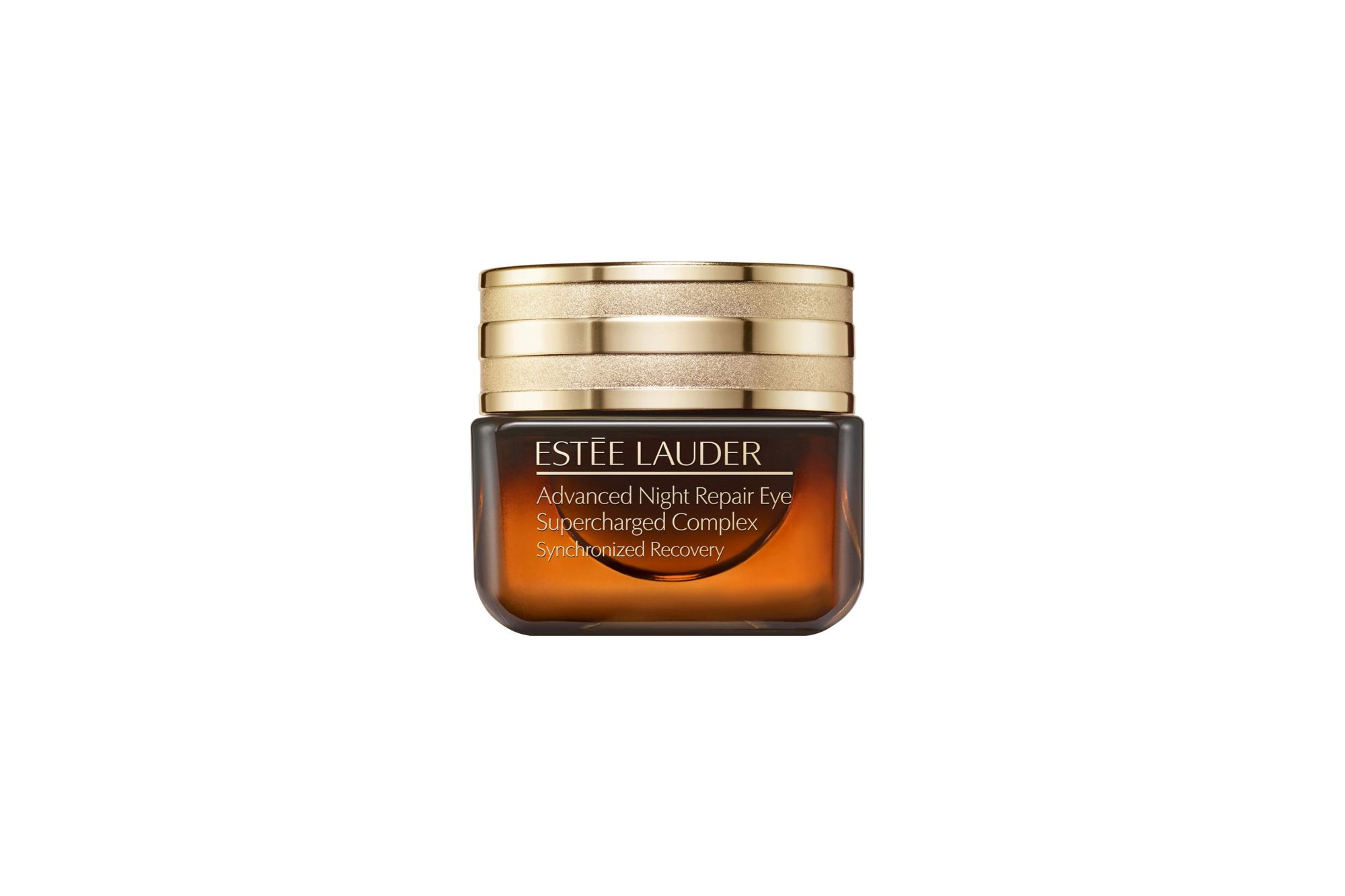Does blue light cause you to age—or does it help to keep acne at bay? We ask skincare experts 111Skin founder Dr Yannis Alexandrides, IDS Clinic’s Dr Ian Tan and Net-a-porter global beauty director Newby Hands to shed light on it
We are constantly reminded to protect our skin from UV rays emitted by the sun, but in recent years another culprit of ageing has come into prominence—blue light. Emitted from the sun and also from our mobile devices, we are virtually exposed to blue light all the time, which not only disrupts sleep and throws our natural circadian rhythms off-balance, but can also cause premature ageing. At the same time, you may have heard of LED light therapy, when blue light is used to treat acne. So what exactly is blue light and should we be embracing it or protecting our skin against it? We ask 111Skin founder Dr Yannis Alexandrides, IDS Clinic’s Dr Ian Tan and Net-a-porter global beauty director Newby Hands.






